Unfortunately, I have never been struck by an idea lightning bolt and an entrepreneur without an idea is usually just unemployed. Lucky for me (since I am currently an entrepreneur without an idea) we put together a process to find and vet ideas.
- Brainstorm. (Ongoing) – Set up formal sessions with other entrepreneurs, professionals, and anyone else that will give you time. I even take it a step further, every conversation during the course of my normal day usually ends up with a question about ideas or pain points that need solving! From waiters to UPS drivers, no one avoids it! Typically in a formal brainstorming session I provide guidelines to keep some focus (even if it is just the type of business you want, SaaS for example). This is top of funnel. The more ideas the merrier.
- Competitive Landscape & Market Research. (1 week intervals) – On a weekly basis I move my favorite 5 ideas to this stage. On the competitive side start with Google, then call, test and talk to anyone you can quickly reach in the space. I also leverage my network to try and find people that are potential customers or competitors and pick their brain. The goal is to get some data points; Is there a clear market leader? How much noise is in the space? Can you make money? On the surface is there a need? At the end of each week report findings to partners (or if you don’t have partners anyone willing to be a sounding board). The accountability of reporting helps keep focus. At the end of the week use the data to guide your gut, and if an idea passes your gut check then move it along.
- Mock Ups. (8 hours) – Create basic mock ups that you can use as a visual while working through step 4. These should not be perfect nor should you expect them to be final. They are purely a conversation aide. Do not spend a ton of time or money on them. You still may scrap the idea.
- Build Brand Champions. (2-4 weeks) – The Most Important Step. Start selling. Build a list of potential consumers and put together a reach out plan. Use email, cold calling, landing pages, or any other channel you plan to use when you launch to get decision makers on the phone or in face-to-face meetings. Walk them through your mock up and your basic idea. At this point your job is two-fold. First, get feedback, are you solving a true pain point? Second, get their buy in early and a commitment to help you through the next phase of they company. Ask if it is o.k. to bounce questions off of them or if they would be willing to beta test down the line. Your goal is to get them to agree to be involved! If manged correctly, this group can become your brand champions and hopefully your first customers. At a minimum you should reach out to 500 people and hopefully talk with at least 10% of those before you move to step 5. If you can’t sell the idea at this point you won’t be able to sell it once you are live.
- Business Building. If your idea passes the Brand Champion phase you are ready to dive in and move from ideation to business building. Here are a few quick tips that usually hold true in the early part of this phase; start with true wireframes and do your best to get to an MVP as quickly as possible. Continue to reach out to new potential customers and engage the Brand Champions you already have. At a minimum you should touch all of your contacts once a month to ask for feedback, provide an update, or just to keep the relationship alive. The more customers you bring in prior to product launch the better. They will feel like they helped build the product and become your biggest supporters.
The moral of the story is to sell before you build. If you can do that you are going down a good path. Right now I am in stage 4 with one of our ideas and am trying to get that early buy-in. We shall see if we make it to step 5!

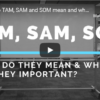

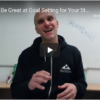
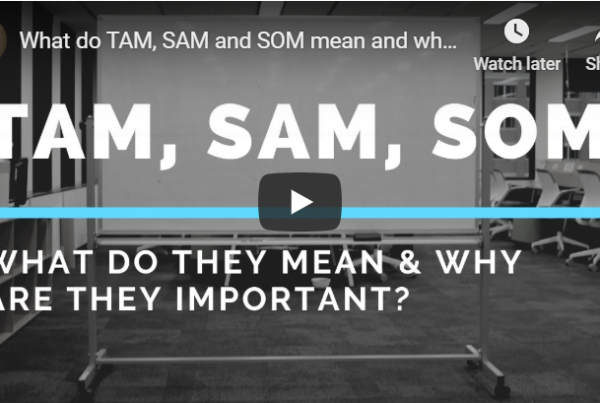
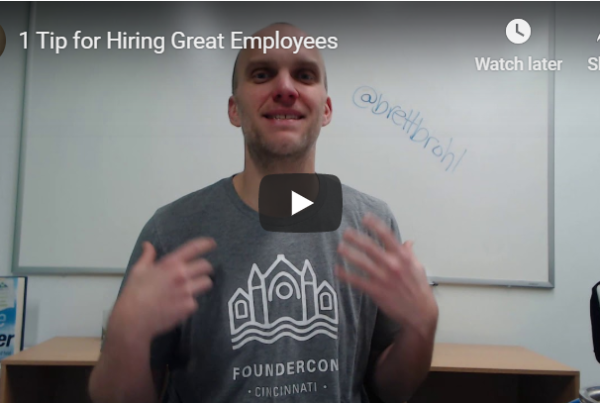
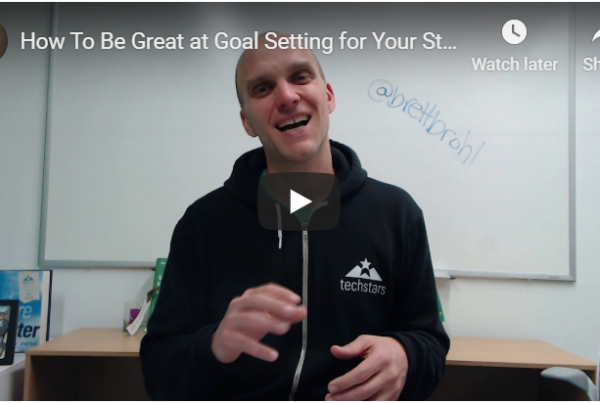
Recent Comments